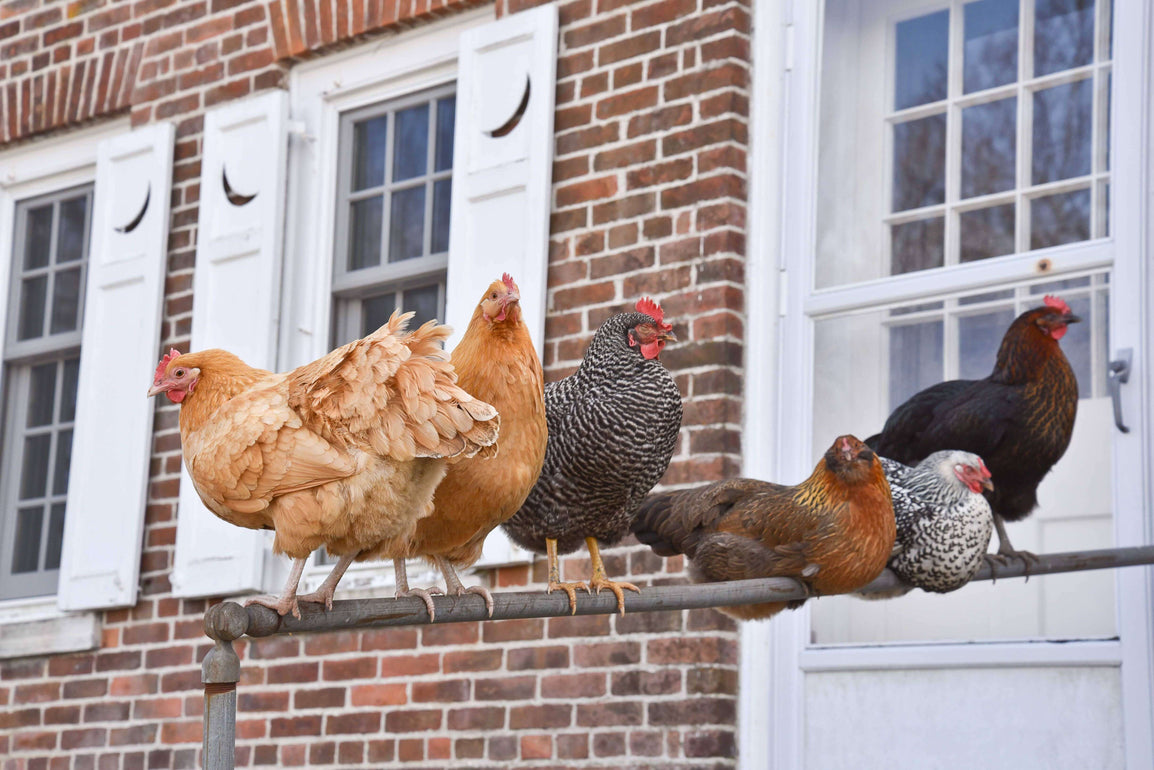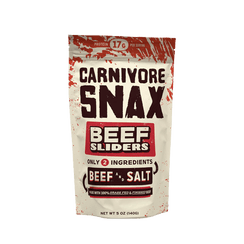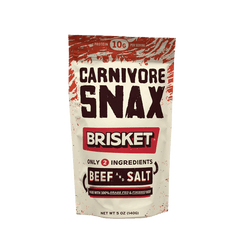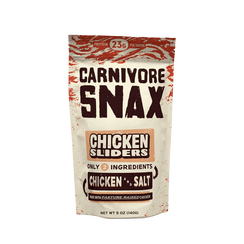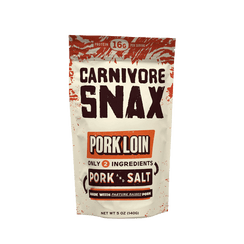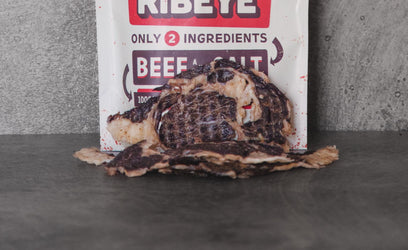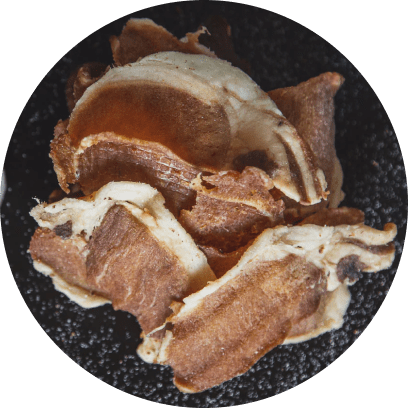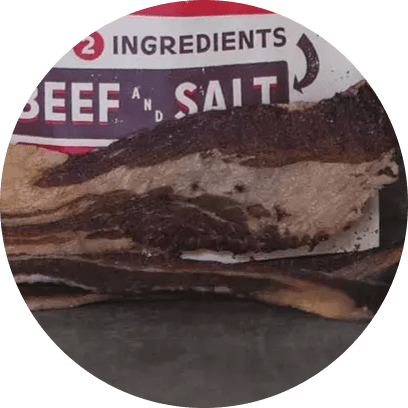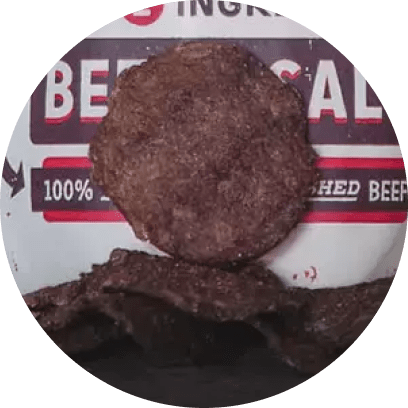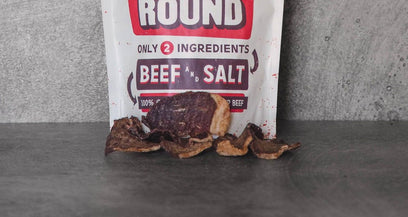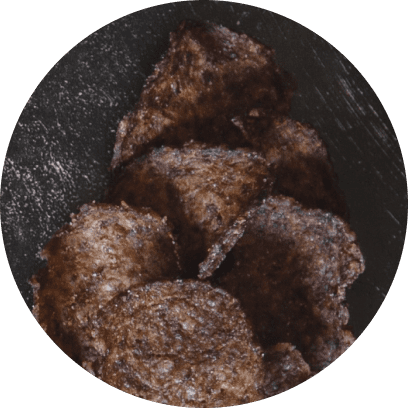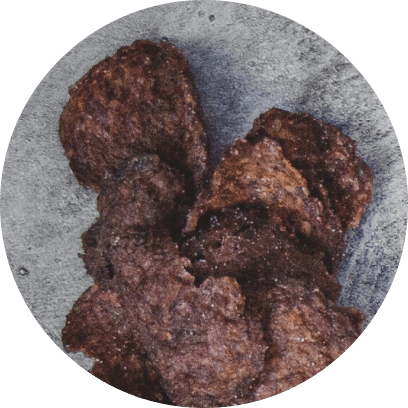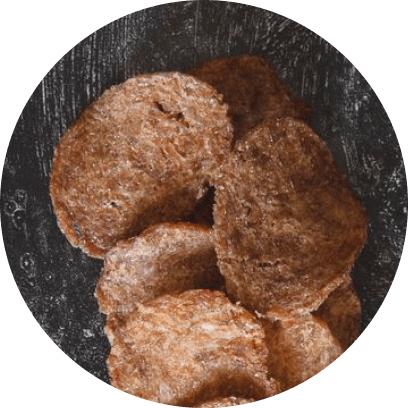THE CARNIVORE DIET BENEFITS




A transformative shift is underway in poultry farms around the world. Gone are the days when massive, impersonal poultry farms reigned supreme. While these still commercial caged chicken farms (unfortunately) exist, consumers are aware of just how unethical and unstable they are.
Today, there's a palpable resurgence of age-old farming practices - but with a modern, scientific twist. Welcome to the world of regenerative chicken farming, a method that isn't just about raising poultry, but about revitalizing our lands, empowering farmers, and providing consumers with healthier, tastier choices.
Regenerative poultry farming emerges as a beacon of hope as concern grows over the sustainability of our current agricultural practices. Regenerative poultry promises not just better food, but a better future for our planet.
We’ll cover everything you need to know about it in this guide - whether you’re a savvy consumer looking to upgrade your plate or a farmer looking to cash in on the future of farming. So, what is regenerative chicken farming?
What is Regenerative Chicken Farming?
What is regenerative farming in general? We need to talk about how different regenerative farming is from conventional farming to set the stage for this conversation.
Regenerative chicken farming is an agricultural approach that goes beyond mere sustainability - it aims to actively rejuvenate and improve the ecosystems in which poultry is raised.
Rather than depleting the land and its resources, regenerative farming seeks to restore, renew, and revitalize the land, making it even more fertile and biodiverse with each passing season.
Core Principles and Practices of Regenerative Farming
Regenerative farming isn't a one-size-fits-all method, but there are some foundational principles that guide the practice:
- Soil Health: The foundation of regenerative chicken farming lies in nurturing soil health. Healthy soil teems with life, from tiny microorganisms to earthworms, all playing a crucial role in creating a nutrient-rich environment for plants and, in turn, our chickens. Learn more in our guide to regenerative agriculture soil health.
- Holistic Management: This involves viewing the farm as a dynamic ecosystem, where every element has a role to play - from the trees to the insects to the chickens. Decisions are made considering the well-being of the entire system.
- Rotational Grazing: Chickens are moved around in a controlled pattern, ensuring they don't overgraze a particular area. Regenerative agriculture grazing not only allows the land to recover but also ensures the chickens have a varied and nutrient-rich diet. It’s also a more natural life for them, making it the more ethical approach compared to living in the cages of commercial poultry farming.
- Natural Inputs: Avoiding synthetic fertilizers and pesticides, and instead, relying on natural processes and regenerative agriculture fertilizer to boost soil and plant health.
- Diversity: Encouraging a diverse range of plant species in grazing areas. This regenerative agriculture biodiversity boosts soil health, reduces pests, and provides a richer diet for the chickens.
The Interconnectedness of Soil, Plants, and Chickens
Regenerative chicken farming is based on a profound understanding of nature’s interconnectedness. Healthy soil nurtures strong, resilient plants. These plants, in turn, feed and shelter our chickens, providing them with the varied diet they evolved to consume.
Chickens, being natural foragers, scratch at the ground, aerating the soil, and helping water penetrate more deeply. Their droppings are rich in nitrogen, an essential nutrient for plants. This creates a virtuous cycle: the chickens enrich the soil, which then supports a more diverse and lush plant life, which in turn benefits the chickens.
But this interconnectedness goes beyond the immediate environment. By bolstering the health of the land, we're fostering resilience against erosion and drought, capturing carbon, and enhancing the overall biodiversity of the area.
This is something we talk more about in our guide to regenerative agriculture carbon sequestration - and we’ll expand on it shortly as we describe why regenerative poultry farming is the way of the future.
Why Regenerative Poultry Farming is Better For the Birds, the Land, the Farmer, and the Consumer
The shift towards regenerative poultry farming is not just a fleeting trend - it's a tangible move rooted in the profound benefits of regenerative farming.
It's evident that the advantages permeate all spheres when you delve deep into the nuances of this method: from the birds themselves to the consumers who enjoy the end products.
For the Birds: Natural Habitats and Healthier Livestock
Unlike traditional farming where chickens might be confined in cramped spaces, regenerative farming gives these birds access to open pastures and natural environments.
This not only allows them to express their natural behaviors, such as foraging, scratching, and roosting, but also reduces the stress levels commonly found in industrialized settings.
Given the emphasis on natural inputs and the absence of synthetic chemicals, the chickens are less likely to face health issues. They're often healthier and more robust because they're eating a diverse and natural diet, reducing the need for antibiotics and other interventions.
For the Land: Enhancing Soil Health and Biodiversity
One of the cornerstone benefits of regenerative poultry farming is the remarkable rejuvenation of the soil. The continuous movement of birds across the pasture ensures an even distribution of nutrient-rich droppings, which significantly enhances the fertility of the land.
Plus, regenerative farms become a haven for myriad species by reducing the dependence on chemicals and promoting diverse flora - from beneficial insects to native plants. All of this contributes towards a restoration of the ecological balance of the environment.
For the Farmer: Economic Benefits and Sustainable Practices
You may be wondering…is regenerative farming profitable? Very much so. This is because farmers can often reduce their operational costs with reduced reliance on external inputs like synthetic fertilizers and pesticides. Plus, farmers can command higher prices for regeneratively raised poultry.
The system's inherent sustainability also means a lower risk of land degradation, ensuring the longevity of the farm. While you’ll pay more to get a regenerative farm up and running, you’ll reap the benefits for generations to come.
Further to that point, regenerative practices make farms more resilient to changes in weather patterns, pests, and diseases. This stability can be a significant boon in these uncertain times, where climate change poses real challenges to conventional farming.
For the Consumer: Nutritional Value and Taste Superiority
Chickens raised in regenerative systems often have a diet closer to their natural one. This diet, rich in diverse nutrients, often translates into meat and eggs with a higher content of vitamins, minerals, and beneficial fats.
But it’s not just about the nutritional value - it’s about the taste. Talk to any chef or food connoisseur, and they'll often attest to the superior taste of regeneratively-farmed poultry. The varied diet of these chickens gives their meat a richer flavor profile, elevating any dish they're used in.
Challenges and Criticisms of Regenerative Poultry Farming
We want to look at the other side of the coin in the interest of transparency. While there’s no denying the appeal of regenerative poultry, here are a few challenges and criticisms associated with this revolution in farming:
- Initial Investment: Transitioning requires substantial funds for equipment, training, and infrastructure adjustments. Coupled with a steep learning curve, some farmers face temporary setbacks or reduced yields.
- Scalability: Critics question if regenerative practices can meet the food demands of our growing global population, given potential land and resource limitations. We recently wrote an article addressing this misconception, though, showing that regenerative farming can in fact feed the world.
- Economic Challenges: Gaining market access, especially for small-scale farmers, can be tough. While regenerative products are often of higher quality, their increased cost can deter consumers. That being said, customers are becoming increasingly aware of what’s on their plate - and are willing to pay a premium for superior quality and ethics.
- Consistency Concerns: Regenerative farming produces varied outputs. This natural variance, which some consumers love, contrasts the uniformity of conventionally farmed products that many have grown accustomed to. This can be discoloration in eggs or double yolks - but these are just examples of nature’s magic at play!
You can learn more about the pros and cons of regenerative agriculture in our blog, but the key takeaway is that the upside dramatically outweighs the downside - both for consumers and farmers alike. So, where can you find regenerative agriculture products?
Where Can You Find Regenerative Poultry?
You’re all in on trying a regenerative agriculture diet to live a healthier, more ethical life. But where can you find regenerative poultry? While you likely won’t find regenerative poultry at commercial supermarkets, there’s a good chance some local food store offers it near you!
As with organic and free-range labels, regenerative poultry farming also has certifications to help you identify genuine products. Familiarizing yourself with these certifications can ensure you're getting what you pay for.
Look for certifications like Regenerative Organic Certified (ROC) or seals from known regenerative agriculture organizations like Land to Market. These badges of honor attest to a farm’s adherence to regenerative practices, focusing on soil health, animal welfare, and farmer fairness.
You can visit farmers' markets or butchers to find regenerative poultry, too. Here at Carnivore Snax, we craft our beloved carnivore chips from 100% regenerative meat. Our chicken chips are worth trying if you’re wondering how to support regenerative agriculture, as we source our products from the most elite, ethical farms in the nation.
They’re just two ingredients - meat and salt. That means they’re a great choice for diet-conscious individuals, whether you’re on keto vs carnivore, paleo, or simply looking for the best zero carb snack.
And, you can keep it fresh and fun with our other meat chips - including brisket chips, ribeye chips, beef chips, steak chips, lamb chips, pork chips, and more.
Want to Get Started With Regenerative Chicken Farming Yourself?
Want to learn how to start regenerative farming chickens yourself? Good on you. Whether you’re a farmer looking to transition to the future of farming or you want to try raising a small pasture of chickens on your property with no prior experience, it’s easier than you may think.
First, you’ll need to do your research into regenerative farming itself and become familiar with its philosophy, its history, and its techniques. You’ll also need to get some soil tests, mobile chicken coops to support rotational grazing, and of course, the chickens themselves if you don’t already have them.
There are local groups or cooperatives dedicated to sustainable and regenerative practices. Joining one can offer mentorship opportunities and resource sharing. If you’re unable to find these near you, platforms like Facebook or Reddit have dedicated groups where like-minded farmers discuss challenges, share successes, and provide support.
Immersing yourself on a working regenerative farm can be one of the best ways to learn. Look for apprenticeship opportunities to gain practical experience.
Our blog has more resources on regenerative farming techniques, how regenerative agriculture works, and more to point you in the right direction.
But, your best bet is to invest in professional education. So, take that next step as we draw this conversation on regenerative chicken farming to a close.
Parting Thoughts on Regenerative Chicken Farming
Regenerative chicken farming is a transformative approach to agriculture that prioritizes the health of the land, the well-being of the birds, and the integrity of our food.
We're not only ensuring a sustainable future for farming by embracing these methods but also taking definitive steps towards more nutritious and ethically produced poultry.
You can learn more about the future of farming in our blog. We have resources on topics like permaculture vs regenerative agriculture, regenerative cattle farming, why is regenerative agriculture important, cover crops for regenerative farming, water benefits of regenerative agriculture, and more.
Are you ready to be a part of this revolution? Choose regenerative, choose health, choose sustainability. Support regenerative agriculture by indulging in the goodness of Carnivore Snax today!










